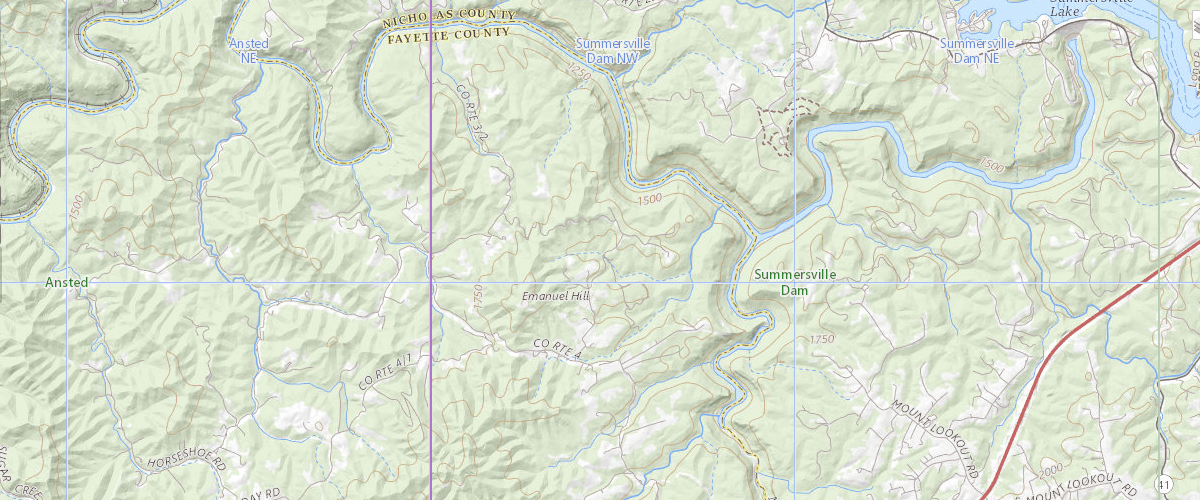If you don’t want to get lost, there’s nothing as good as a map. They don’t need power, they’re reliable and pretty easy to understand. But not all maps are the same. Some are better than others. And there are fewer maps out there that are better than the Topographical map.
There are a few things you need to know before you try and read a topo map, however. While they provide a collection of important details, they aren’t any good if you don’t understand it.
Reading a Topographical Map
Contour lines are the most important detail of a topographical map. These are lines that indicate elevation. Each line represents a set sea level height, so the closer lines are to each other, the more dramatic the incline of that area. You can see where hills and mountains form and where they peak by the shape and proximity of these lines.
Contour lines will also have Index Lines. Normally set to every 5th line, these will list the elevation of that line.
Some, but not, maps will also include color coding for elevation. The colors will vary based on the map, so be sure to reference the legend for more information.
The next most important detail is the Magnetic Declination. This is an indication of the difference between magnetic north and true north. If you don’t keep this in mind when traveling, you can very easily get lost. For more information on using compasses with magnetic declination, check out our introduction to compasses.
Each map also has a scale. This tells you how big the map is compared to the land it represents. The scale is usually represented in a ratio of inches. For example, a ratio of 1:24,000 means that 1 inch on the map is equal to 24,000 inches in the real world (a little under half a mile).
Source Data will often be listed as well. This is a record of when and where the map was made. If your map is old, you might want to get a new one.
Depending on the maker, a topographical map will include all sorts of miscellaneous details about the area. This ranges from buildings, to plant life, to biomes. Be sure to read and understand everything the map provides.
Where to Get a Topographical Map
If you’re wanting to get a map, we recommend getting it from the United States Geological Survey. Making detailed and accurate maps is what they do. They provide free access to digital copies of almost anywhere, while also offering physical maps for sale.

